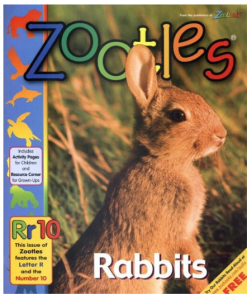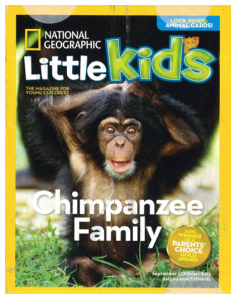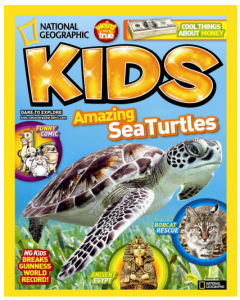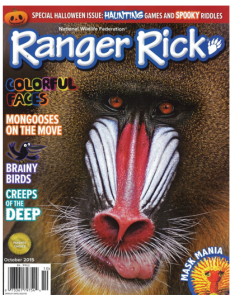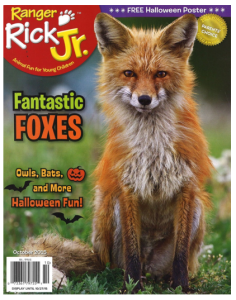Help reluctant readers fall in love with literacy and science. Providing science magazines for kids helps build a lifelong habit of reading as well as an appreciation for the sciences.
Many promote a love of nature and animals. As well as building an awareness of environmental problems many science magazines suggest age appropriate responses to the issues.
Many children’s science magazines are subject or theme based, have current information and appealing, colorful layouts to encourage even the most reluctant reader.
Besides using words, the magazines use well thought out layouts, illustrations, and photos to help children understand science concepts. Many are suitable for multi-age readers.
Other Benefits of Science Magazines
- Science magazines not only involve children in reading but are also chock full of science experiments, cooking science, games and puzzles.
- They motivate children to get outside and get moving as well as influencing them to explore and discover their environment.
- Science magazines also reinforce literacy and math concepts, offer science-related art ideas as well as game boards, hidden pictures, puzzles and more.
My recommendations for up-and-coming scientists…
Zootles
Zootles is created for children 2-6 years old. Each issue includes a featured animal, number, and phoneme sound. Counting and sound recognition games are built into the content, along with read-aloud stories, poems and more. Zoobooks below is for older children.
Zoobooks
Zoobooks is an encyclopedia of animals, a magazine series containing 58 different titles on animals from A-Z. Each Zoobooks issue contains facts about a specific animal or group of animals and includes interactive pullout activity pages to help children enjoy learning. This science magazine for kids uses words, photographs, and illustrations to make complex concepts easily understandable for 5 – 12-year-olds.
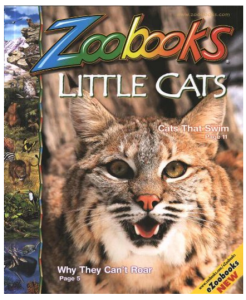
National Geographic Magazines
National Geographic Little Kids – Published by the National Geographic Society this magazine for kids has animals, nature, science, and fun for preschool and kindergarten children. It seeks to help your preschooler become a bright, curious explorer. It also has features about different cultures, interactive experiments, simple science, and fun puzzles and games to teach logic, counting, and more.
National Geographic Kids is geared for children aged 6 and up.
Click
Click for kids helps children aged 3 – 7 understand the world around them. It explains how the world works, one topic at a time.
Includes articles on science, art, nature, and the environment in 40 full-color pages that are filled with photographs, illustrations, stories and articles that are both entertaining and thought-provoking.
Ranger Rick
Ranger Rick (1-year auto-renewal) is also published by the National Wildlife Federation. Some kindergarten children are ready for this magazine. It is designed for children who can read and write. Ranger Rick is a science magazine for kids that shows close encounters with animals, science discoveries, puzzles, riddles and mazes that stimulate logical thinking. For ages 7 and up.
Ranger Rick Jr. Ranger Rick Junior magazine is uniquely designed for those four to seven years of age and includes activities and simple stories that both entertain and educate. Published by the National Wildlife Federation. Parents and kids alike look forward to this magazine filled with activities, puzzles, and projects that teach animal facts in a fun way.
